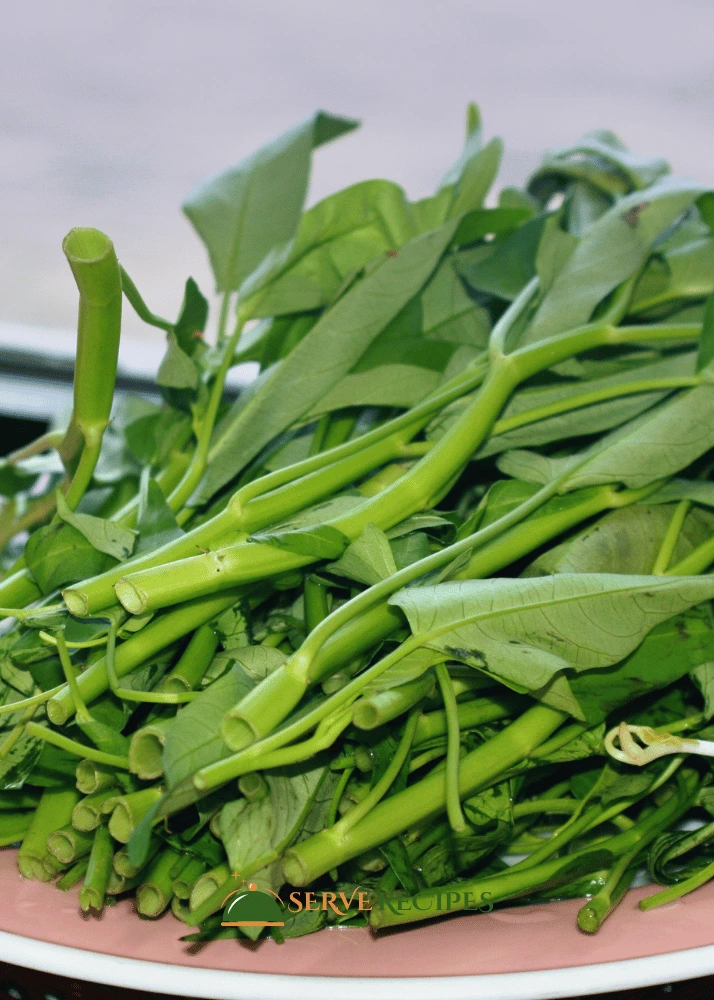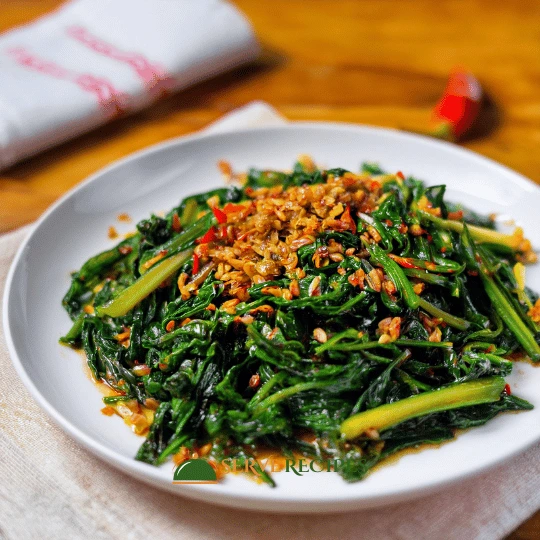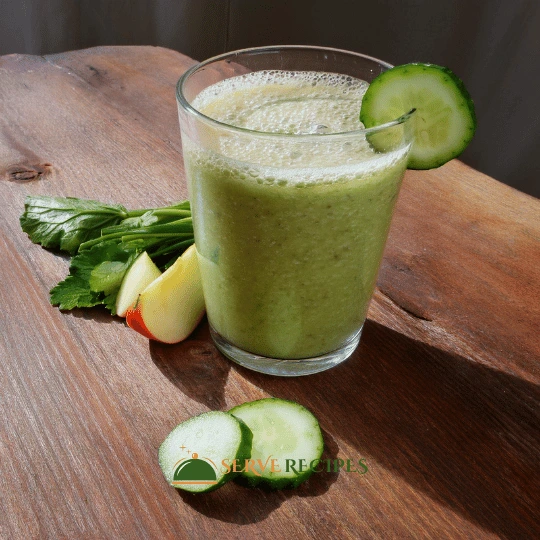When it comes to healthy eating, people often seek out ingredients that are both flavorful and packed with nutrients to help achieve their fitness goals. One such versatile, nutrient-rich vegetable is kangkong, also known as water spinach. It is becoming popular for its weight loss benefits. Kangkong is not only delicious but also low in calories, high in fiber, and full of essential vitamins and minerals. This leafy green has become a go-to choice for anyone looking to shed a few pounds while enjoying diverse, tasty meals.

In this guide, we’ll dive into everything you need to know about using kangkong for weight loss, including its nutritional profile, benefits, delicious recipe ideas, and practical tips for incorporating it into a weight-loss-focused diet.
The Nutritional Power of Kangkong
Kangkong, or water spinach, is widely available in Southeast Asia, where it’s appreciated for its health benefits and mild, earthy flavor. Often compared to traditional spinach, kangkong brings a slightly different flavor profile to the table, making it ideal for stir-fries, soups, and salads. Its nutritional composition makes it a superstar for weight loss.
Nutritional Breakdown of Kangkong (per 100g):
- Calories: 19 kcal
- Protein: 2.6g
- Carbohydrates: 3.1g
- Dietary Fiber: 1.2g
- Vitamins: Rich in vitamins A and C
- Minerals: Contains calcium, potassium, and magnesium
This nutrient density means that while kangkong provides essential nutrients, it remains incredibly low in calories—a perfect combination for weight loss. Additionally, the fiber in kangkong helps promote feelings of fullness, reducing overall calorie intake throughout the day.
Why Kangkong is Ideal for Weight Loss
Incorporating kangkong into a weight loss plan can be highly effective due to several factors:
Low Caloric Density
One of the primary challenges in dieting is finding foods that are filling without being high in calories. Kangkong, with its water-rich and low-calorie composition, fits this requirement perfectly. You don’t have to be concerned about consuming too many calories to enjoy substantial servings.
High Fiber Content
Fiber is essential for weight loss as it supports digestion, prevents constipation, and increases satiety, helping control hunger pangs. With a decent fiber content, kangkong keeps you full longer. It aids in reducing the temptation to snack on unhealthy foods.
Rich in Antioxidants
Antioxidants are known to reduce inflammation and oxidative stress, which are linked to weight gain and other metabolic issues. The high levels of vitamins A and C in kangkong contribute to a robust antioxidant profile, protecting the body from harmful free radicals and supporting overall metabolic health.
Regulates Blood Sugar
For those working on weight loss, managing blood sugar levels is crucial. The minerals in kangkong, such as magnesium and potassium, help stabilize blood sugar levels, reducing the likelihood of spikes and crashes in energy that often lead to overeating.
How to Use Kangkong for Weight Loss: Practical Tips
Using kangkong in your diet can be enjoyable and straightforward, but a few tips will help maximize its benefits:
- Add to Soups and Broths: Kangkong pairs well with clear soups and broth-based dishes. Adding it to soups is a low-calorie way to bulk up meals and stay satiated.
- Stir-Fry with Minimal Oil: A quick stir-fry with garlic and a small amount of healthy oil is a delicious way to prepare kangkong without adding unnecessary calories. To keep the dish low in fat, use very little oil.
- Blend into Green Smoothies: Kangkong has a mild taste, making it an excellent addition to green smoothies. Blending it with fruits like apples or pineapple can create a nutrient-packed, weight-loss-friendly smoothie.
- Use as a Salad Base: Raw or lightly steamed kangkong can be used as a salad base. Adding other low-calorie vegetables, such as cucumber and bell peppers, can create a fresh and fiber-rich salad perfect for weight loss.
Delicious Kangkong Recipes for Weight Loss
Incorporating kangkong into your daily meals can be easy and enjoyable with the right recipes. Here are a few low-calorie, nutrient-dense recipes that are perfect for those on a weight loss journey.
Simple Kangkong Garlic Stir-Fry
This quick, flavorful dish is ideal as a side for lunch or dinner. The garlic adds flavor without piling on calories, making it a weight-loss-friendly recipe.

Ingredients:
- 2 cups of freshly cleaned and sliced kangkong leaves and stems
- 1 tbsp olive oil
- 3 cloves garlic, minced
- Salt and pepper to taste
- Optional: chili flakes for spice
Instructions:
- Heat the olive oil in a big pan over medium heat.
- Stir regularly while you cook the garlic until it turns golden brown.
- Add kangkong and stir-fry for 3–4 minutes until wilted but still vibrant.
- If preferred, add chili flakes, salt, and pepper for seasoning.
- Serve right away as a lean protein main course or as a side dish.
Kangkong and Egg White Omelette
For a high-protein, low-calorie breakfast or lunch, this omelet recipe combines the fiber of kangkong with the protein of egg whites. It’s an easy and filling dish to prepare.

Ingredients:
- 1 cup fresh kangkong, chopped
- 4 egg whites
- Salt and pepper to taste
- 1 tbsp low-fat cheese (optional)
- 1 tsp olive oil
Instructions:
- Oil should be heated to medium heat in a nonstick skillet.
- Cook the chopped kangkong for two minutes until it wilts.
- Pour in egg whites, season with salt and pepper, and cook until set.
- If using, sprinkle with cheese and fold the omelet.
- Serve hot, paired with a fresh salad, for a balanced meal.
Kangkong Detox Smoothie
Try this fiber-and antioxidant-rich detox smoothie for a light, hydrating, and refreshing choice.

Ingredients:
- 1 cup fresh kangkong leaves
- 1 small cucumber, sliced
- ½ green apple, cored and sliced
- 1 tbsp fresh lemon juice
- 1 cup cold water or coconut water
- Ice cubes (optional)
Instructions:
- Place all ingredients in a blender.
- Blend until smooth and adjust consistency with additional water if needed.
- Pour into a glass and enjoy it as a breakfast or mid-morning snack.
The Health Benefits of Kangkong Beyond Weight Loss
Kangkong offers numerous health benefits that extend beyond weight loss, making it a worthy addition to any balanced diet:
- Improves Digestion: The fiber in kangkong supports digestive health, making it beneficial for people dealing with constipation or irregular bowel movements.
- Boosts Immunity: Kangkong is high in vitamin C and other antioxidants, and it helps strengthen the immune system, protecting against common colds and infections.
- Promotes Heart Health: The potassium and magnesium in kangkong support healthy blood pressure levels, reducing the risk of heart disease.
- Enhances Skin Health: With its rich vitamin A content, kangkong can promote healthy skin, reducing signs of aging and keeping skin hydrated.
For more health benefits, check out this article.
Frequently Asked Questions
How often should I eat kangkong to lose weight?
Eating kangkong several times a week can be beneficial for weight loss as part of a balanced diet. Since it’s low in calories and high in nutrients, you can include it in meals frequently without compromising calorie goals.
Is it okay to eat raw kangkong?
Yes, you can eat kangkong raw, particularly in salads or smoothies. However, some people prefer lightly steaming it to improve digestibility and bring out its flavor.
Can kangkong help with bloating?
Yes, the high water and fiber content in kangkong can help reduce bloating by promoting digestive health and preventing water retention.
What’s the best way to store fresh kangkong?
Kangkong should be kept in a sealed plastic bag in the refrigerator to maintain its freshness. Use it within a few days to enjoy its full nutritional benefits.
Are there any side effects of eating too much kangkong?
Generally, kangkong is safe to eat regularly. However, some people with kidney issues should consume it in moderation, as it contains oxalates, which may contribute to kidney stones in high amounts.
Conclusion
Using kangkong for weight loss is a smart choice for those looking to lose weight while enjoying tasty, nutritious foods. With its low-calorie count, high fiber content, and abundant vitamins and minerals, kangkong offers numerous health benefits that support a balanced, healthy diet. Whether you’re incorporating it into soups, salads, stir-fries, or smoothies, kangkong adds versatility and flavor to meals, helping you stay on track with your weight loss goals.
As you plan your weight loss journey, remember that consistency is key. Regularly incorporating nutrient-rich, low-calorie foods like kangkong into your diet can make a substantial difference in achieving and maintaining your ideal weight. With its unique flavor and extensive health benefits, kangkong is more than just a weight-loss ingredient—it’s a versatile vegetable that promotes overall wellness and vitality.